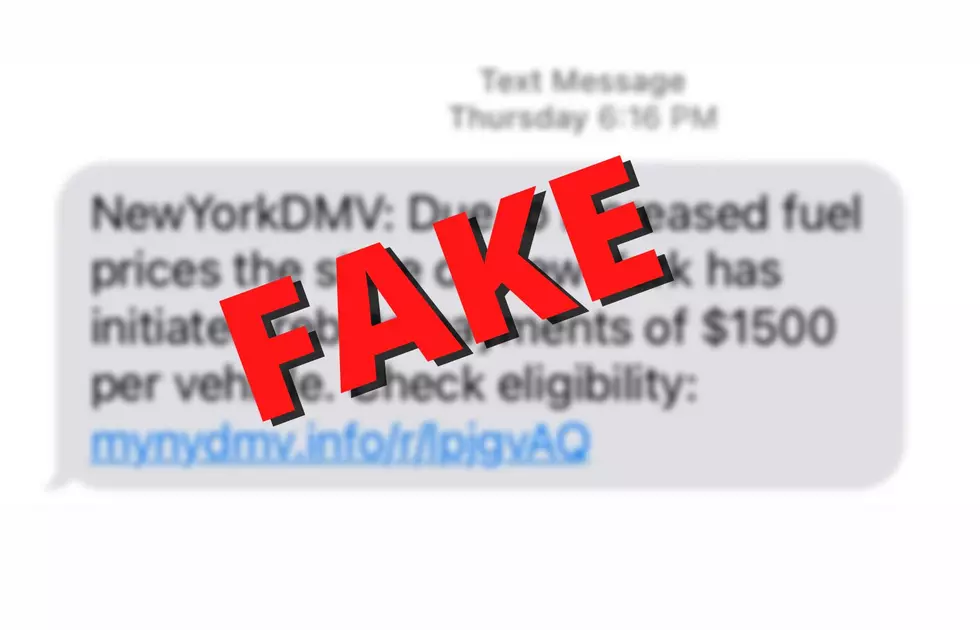![The New Speeding Ticket Email Scam + How to Protect Yourself [GALLERY]](http://townsquare.media/site/498/files/2020/08/34435pre_a0f78d6d2357af8.jpg?w=980&q=75)
The New Speeding Ticket Email Scam + How to Protect Yourself [GALLERY]
I had just fallen asleep when my cell phone chimed, alerting me to an incoming work email. Unable to go back to bed because my brain went into crazy overdrive wondering if it was an important email, I picked up my phone, pried my eyes open to look at the email, and groaned. Another scam email had hit my inbox.

In front of me was an email from Penalties@speedcamerafines.com and it read,
You’ve been detected with a speed infringement:
Reason: Negligent driving in Greenwich, CT
Case No: 1707481
Amount due: 169.81
This fine will be sent by mail to your address. However you can screen it now, please click here Photo Proof - 4563456
The penalty must be honored within the statutory period. This is an automatically generated message, please do not reply.
Yeah, okay. First of all, I have absolutely ZERO personal emails tied in with my work email address. Secondly, I have not been to Greenwich, Connecticut since before I got my driver's license. So, nice try, but I wasn't about to bite that phishing bait.
According to Dictionary.com, the word "phish·ing" means, "the fraudulent practice of sending emails purporting to be from reputable companies in order to induce individuals to reveal personal information, such as passwords and credit card numbers."
Most of the time common sense helps us deduce whether or not an email that tosses out scare tactics and links for us to follow is a scam or not, but sometimes it can be hard to tell. Here are some things you should always look for thanks to our friends at Forbes.
Four Ways to Determine if an Email Is Legitimate or if It’s a Hacking/Phishing Attempt
CHECK IT OUT: How To Unlock Your iPhone With Your Voice
More From KISS 104.1






